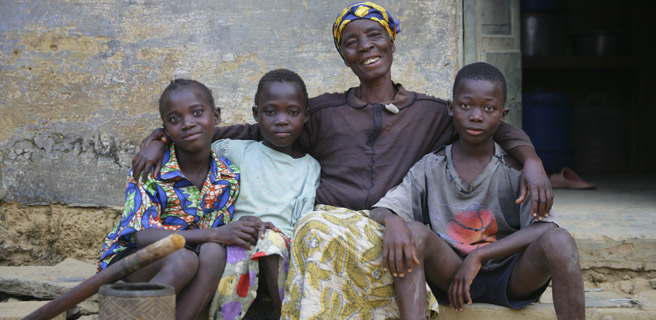A timeline is a very important part of a project proposal. It basically shows the chronological order of events that you plan to do in your project. It is supposed to give the reader a broad overview of the project at a glance. It does not have to be very detailed.
Normally, events are arranged along a horizontal line. The line also has time specifications. Depending on the length of the project, these might be days, weeks, months, or even years. Milestones and events are specified above or underneath the line and connected with the moment on the timeline where they will take place. For this, you can use lines or arrows. If appropriate, you can also include pictures. Be careful though that your timeline is easy to read and does not look too cluttered.
What should you include in your timeline?
A timeline is not a detailed work plan, but a quick way to give your donor an overview of your planned activities. In a timeline, you should include the starting and ending date of your project and important milestones. You should also make sure that there is a reference to the events that you include in your timeline in your project description.
Do not include too many events as it will make your timeline difficult to read. Also, you need to adjust the scale of your timeline to your project. If you have long periods of time where no events take place, you can decide to depict these periods in a shortened form. Just make sure it is obvious to see, i.e. by using a different color or pattern.
If the donor requests you to report your progress at specific points in time, you can also include these. In this way, it is easy to see for your donor at a glance what they can expect in your progress reports.

